Crossbills of all shapes and sizes
10 Dec 2013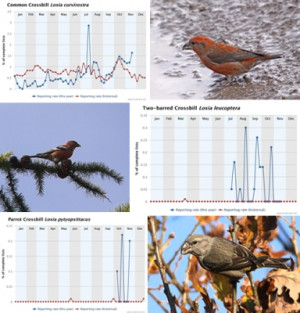
Common Crossbill occurs – albeit not commonly – in areas with conifers, particularly Norway Spruce, across Britain and Ireland. There's often a late summer increase in records, probably involving at least some continental birds. True 'irruption years' happen irregularly, at intervals of anywhere from 1–11 years. Their larger, more powerfully-billed relative, Parrot Crossbill, makes irruptive movements from its Fennoscandian and European Russia breeding grounds about half as frequently. These birds specialise on larger cones which ripen more slowly and remain on the tree for up to three years, so their food supply is more predictable, forcing them to move less often. Two-barred Crossbill (a larch specialist) breeds further east still and is a rare visitor to Britain and Ireland, only appearing with any regularity on the Northern Isles, usually in late summer. They too are prone to occasional irruptions.
This year has seen exceptional numbers of the two rarer crossbills reaching Britain and is surely an irruption year that will live long in the memory! Two-barred Crossbill appeared first, with multiple records from the east coast on 20–21 July – much further south than usual – followed by the discovery of several flocks at inland locations over the subsequent weeks and months. Later came Parrot Crossbills, with birds arriving at coastal locations on 12 October and filtering inland during the next few weeks. The BirdTrack reporting rate for both these species highlights the timing of the arrivals, though there's relatively little evidence of Common Crossbill being involved in the irruption (the spike in July coincides exactly with the Two-barred Crossbill arrival and may result from birdwatchers looking for Two-barred Crossbill at several well-visited locations which also held Common Crossbill, thus inflating the reporting rate).
Both of the rarer species are still being seen now; in the last week there have been Two-barred Crossbill records from Gloucestershire, Norfolk, Shropshire and South Yorkshire, whilst Parrot Crossbills have been seen in Derbyshire, Kent, Norfolk, Nottinghamshire and Suffolk.

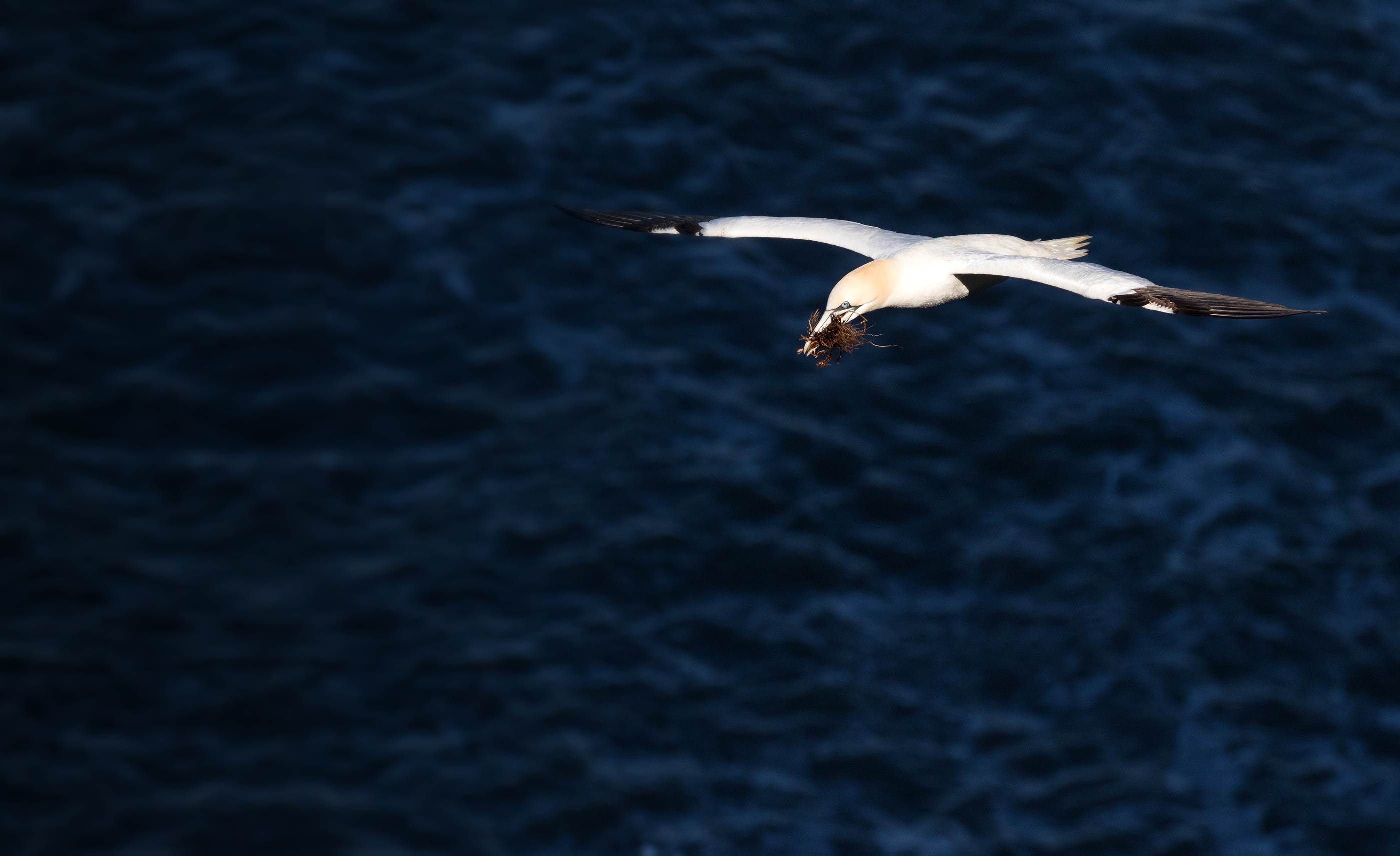


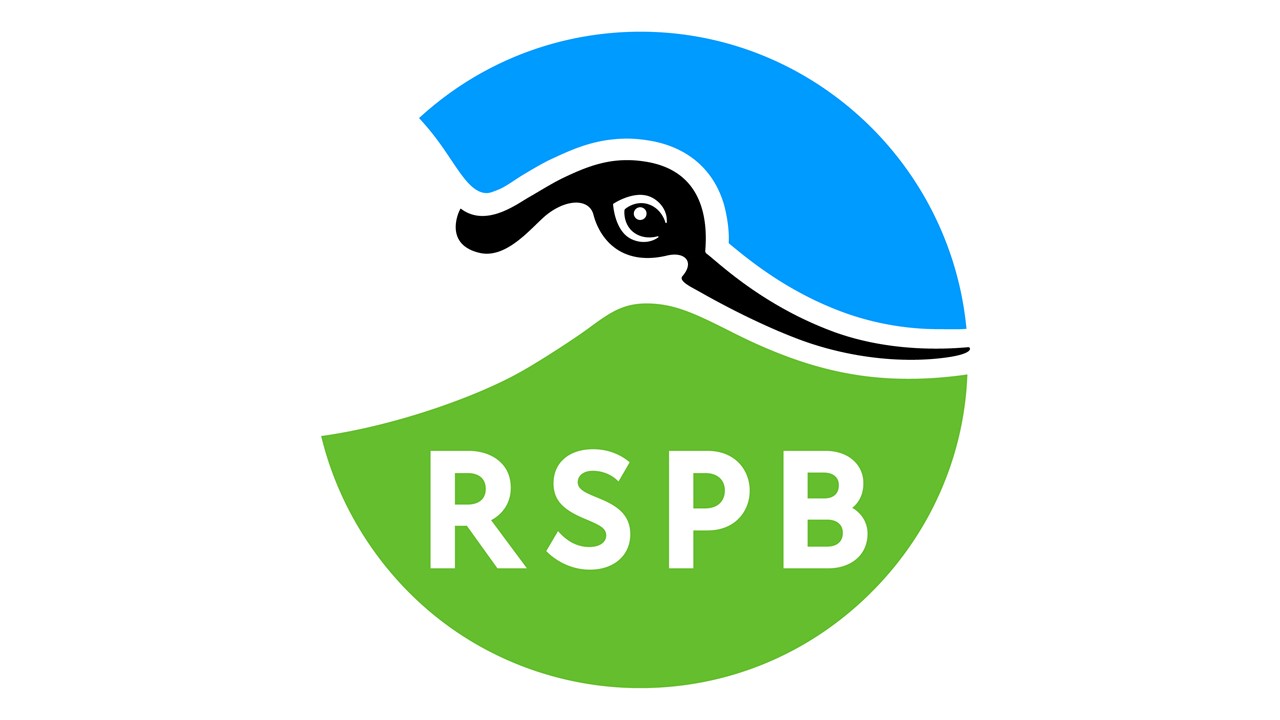
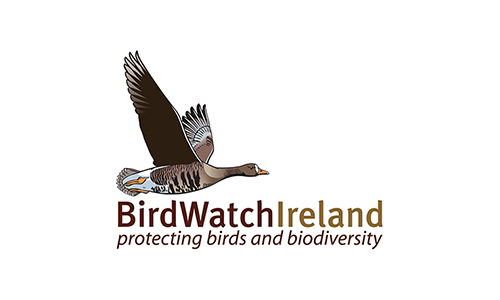

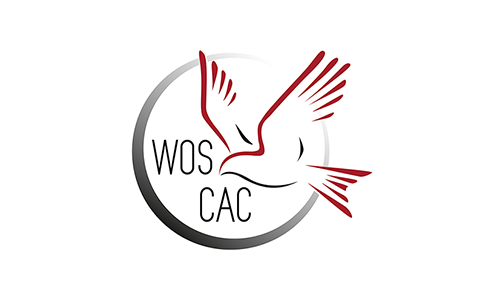




Share this page